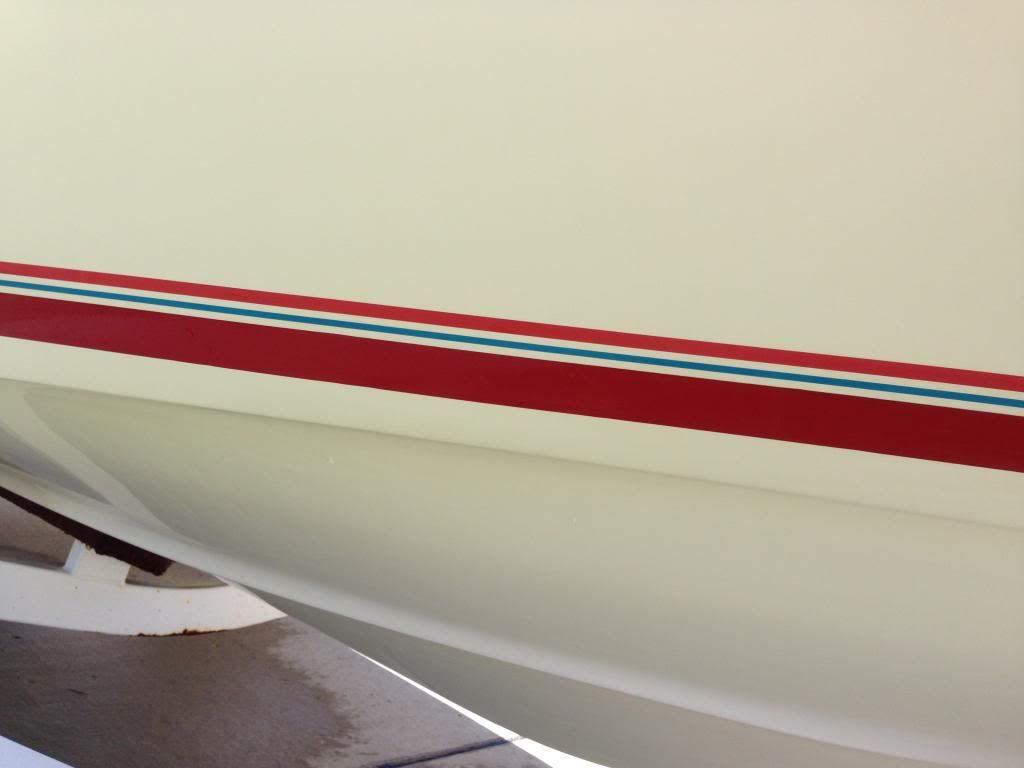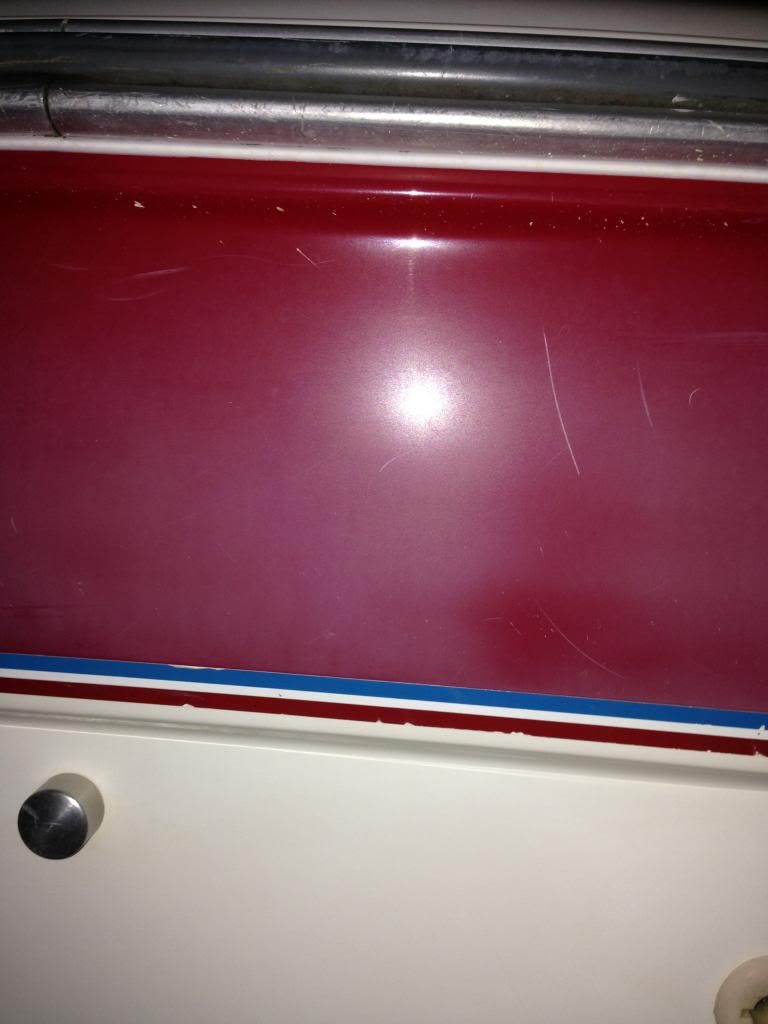Nauti1
Member
- Aug 21, 2013
- 39
- Boat Info
- 1986 Sundancer 268 (sold)
- Engines
- Mercruiser 260,alpha1

Does anyone know how to permanently remove the oxidation on the burgundy sides? I've been using shurhold buff magic and their polish with good results but it only lasts for a month with it in the water. I love the boat but my arms are getting tired.












